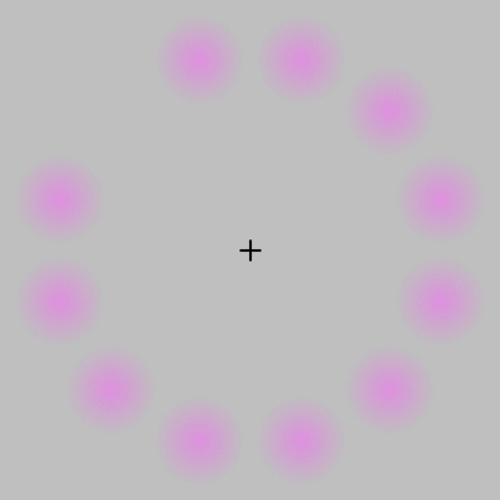
| Added | Fri, 07/10/2016 |
| Sources | |
| Феномены | |
| Version type |
The manifestation of the phenomenon lies in the cessation of perception of the visual stimulus, occupying a strictly constant position relative to the retina of the eye. Due to this, if long to look, for example, a reflective surface, you can see different images that are not related to the actual reflection.
The feature of the structure of the eye of vertebrates is the location of the choroid in front of the retina. The structure of the eyes causes the capillaries of the choroid shade receptors in the retina that, in the absence of a compensatory mechanism would lead to the violation of the integrity of perception.
The feature of the optical compensation is to "cut" the brain stationary areas of the image on the retina. As in the normal state of the animal's eyes fixed on the object only a short time (a person's eyes are fixed on visually salient object within 0.2-0.6 s after which there is spasmodic movement of the eyes (saccades), the only stationary object relative to the retina are only the structural elements of the eye itself. Thus, removing the long-time stationary objects, it is possible to mask the defects of the eye (including defects in the lens and vitreous, cornea scratches, etc.).
Translated by «Yandex.Translator»
Close one eye with his hand. Lean your elbows on the table and lock the head at a distance of 15-30 cm from the image. Open eye snap the cross in the center and not move your eyes for a few seconds. If the immobility is achieved, violet spots will disappear. In case of difficulty, use a bigger image.
Translated by «Yandex.Translator»
Log in or register to post comments

